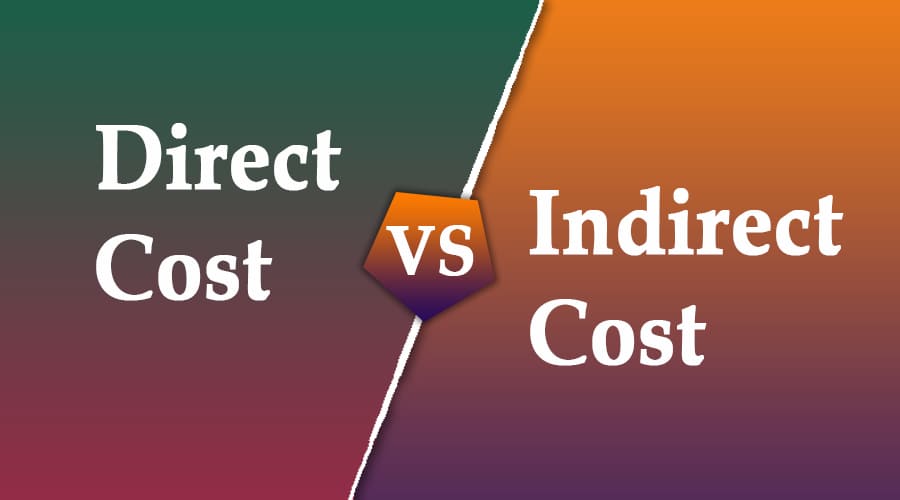Direct Costs vs Indirect Costs

Do you know the difference between direct costs and indirect costs? Do you know how being able to identify the difference between the two can affect what shows on your balance sheet?
Let’s say you have an employee who puts together toys. The employee’s work is considered direct labor. To create the toys, the employee needs wood, which is considered a direct material. And, the employee must use wood glue, which is a manufacturing supply.
Direct costs can be variable or fixed costs. Variable costs are costs that change based on how many items are produced or how many services offered. For example, you would spend more money producing 200 toys as opposed to 100 toys. Fixed costs are expenses that remain the same each month.
For example, you make rent and utility payments to keep your business going. And, you must buy computers. These costs are not directly related to producing a specific product or performing a service, so they are indirect costs. Indirectly, they help you produce goods and perform services, but you can’t directly apply them to a specific product or service.
Because indirect costs cannot be applied to a specific item, they generally do not change as a result of production volume. They can be considered fixed costs, which means the expense does not change in the short term. You can plan on fixed costs being the same from month to month. However, some indirect costs, like utilities, are variable because they change each month.
Information from the following website:





